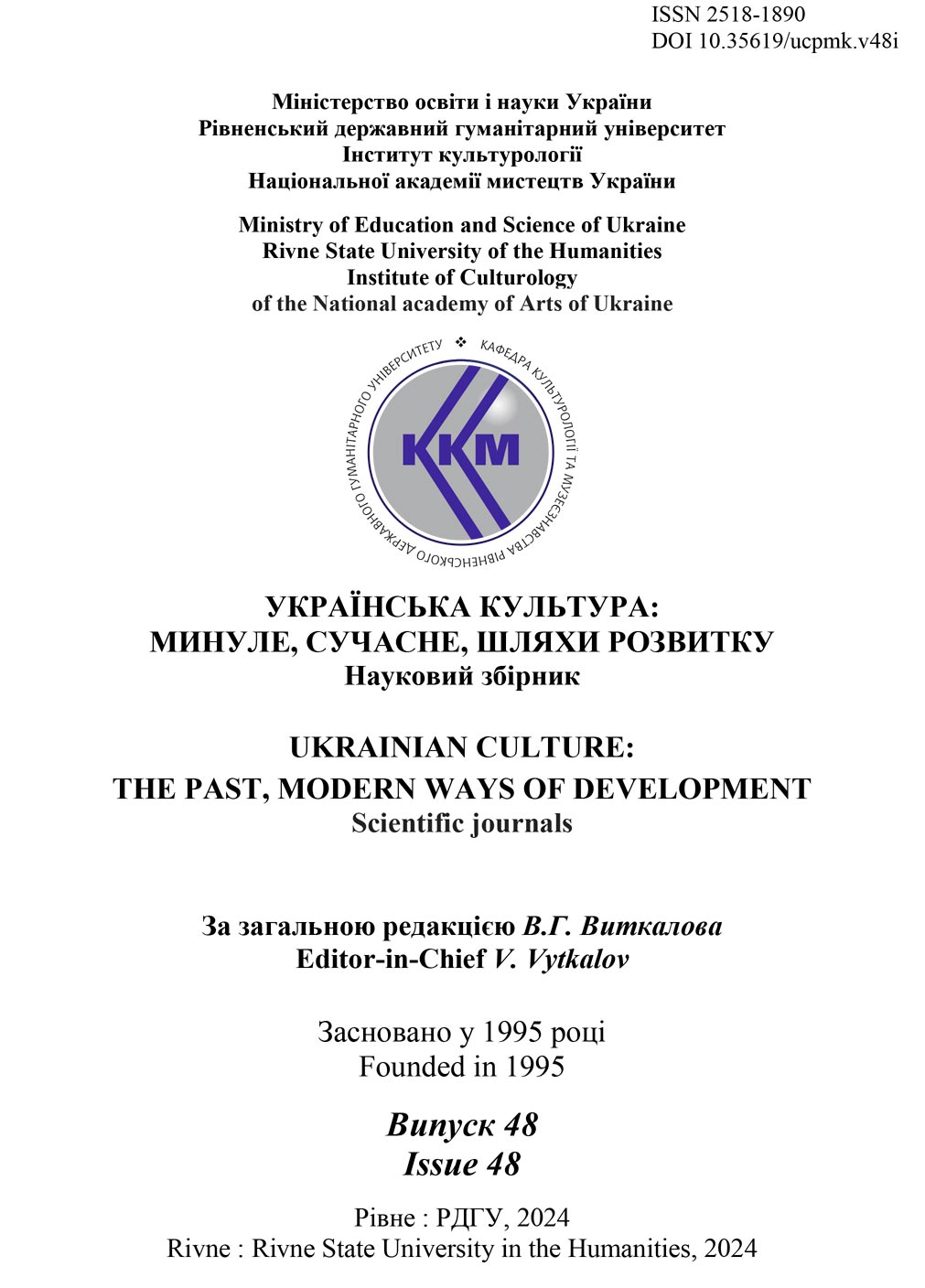ЕВОЛЮЦІЯ ОБРАЗУ «ІНШОГО» В ЄВРОПЕЙСЬКИХ ЕТНОГРАФІЧНИХ МУЗЕЯХ У КОНТЕКСТІ ДЕКОЛОНІЗАЦІЇ
DOI:
https://doi.org/10.35619/ucpmk.v48i.793Ключові слова:
етнографічний музей, деколонізація, експозиція, етноконфесійна спільнота, образ «іншого», полікультурність, Габсбурзька імперія, Польща.Анотація
Базуючись на ґрунтовному аналізі європейських наукових праць у царині музеології, представлено генезу європейських етнографічних музеїв і політичний контекст їх функціонування наприкінці ХІХ – поч. ХХ ст. Музеї, де експонувалися етнографічні об'єкти для публічного ознайомлення, створювали уявні імперські простори, що базувалися на еволюціоністських теоріях антропології та пов'язували європейців із колоніальним світом. Виділено характерні риси наративу Габсбурзької монархії щодо субнаціональних утворень імперії, що мало вплив на створення національних та регіональних музеїв в Австро-Угорщині. Підкреслено значення першої наукової етнографічної виставки в Коломиї у 1880 р. на розвиток етнографічного музеєзнавства Галичини. Дослідження порушує складні питання еволюції етнографічних музеїв у сучасному постколоніальному світі. Охарактеризовано виклики, пов'язані з переосмисленням ролі етнографічного музею в сучасному глобалізованому полікультурному суспільстві. Розглянуто суперечності і досвід репрезентації образу різних етноконфесійних спільнот у полікультурному суспільстві на прикладі експозицій музеїв Польщі.




